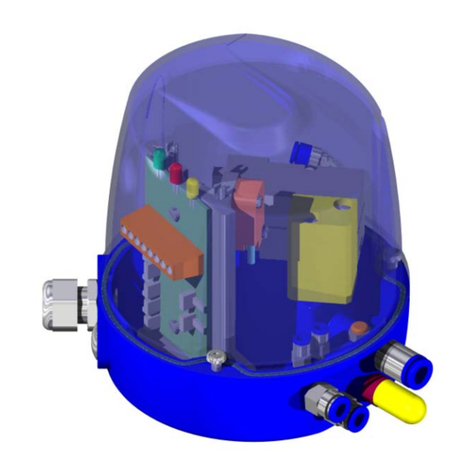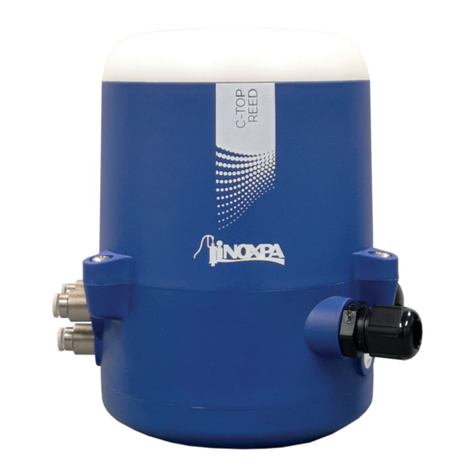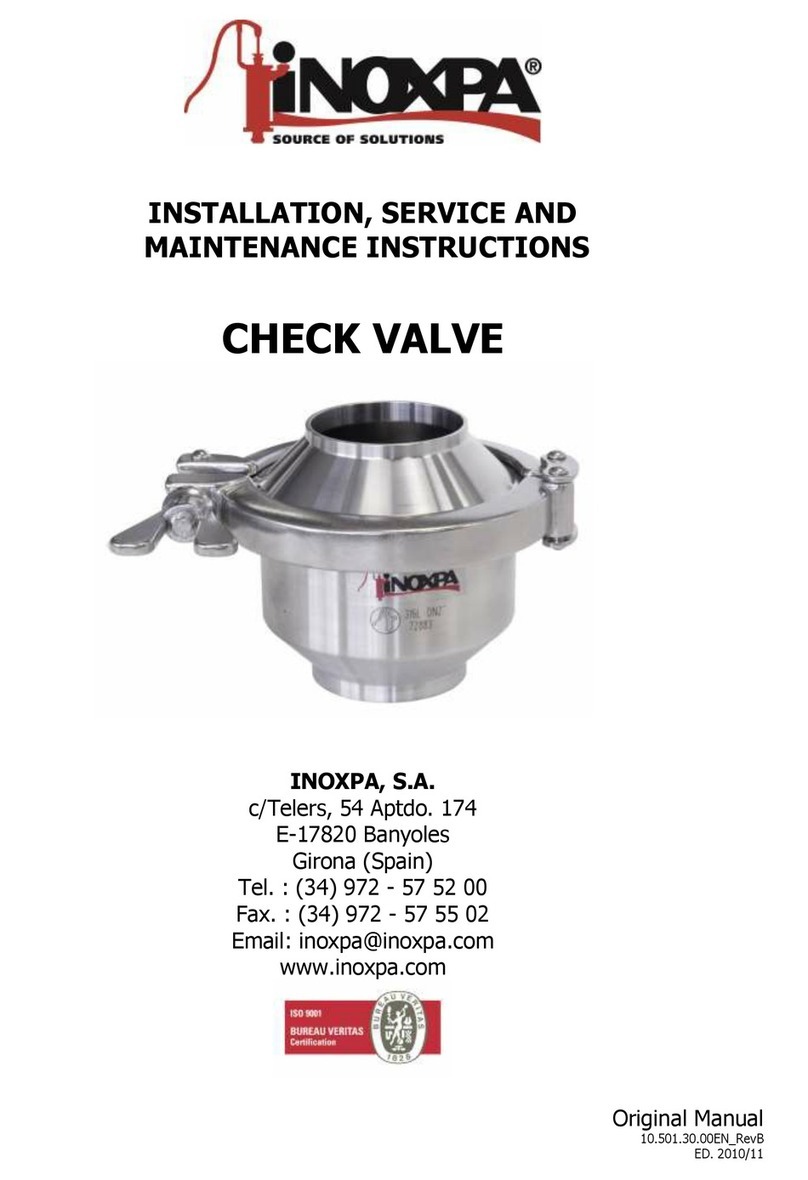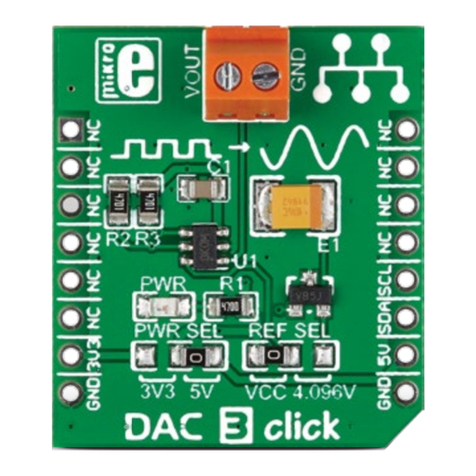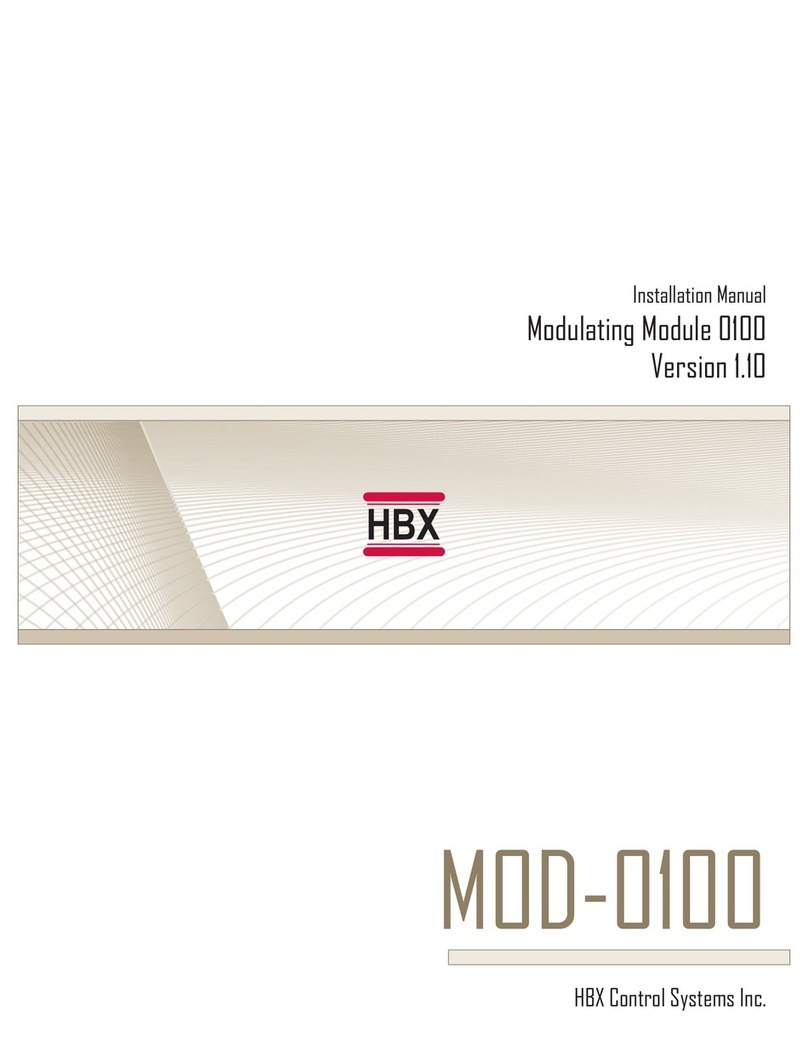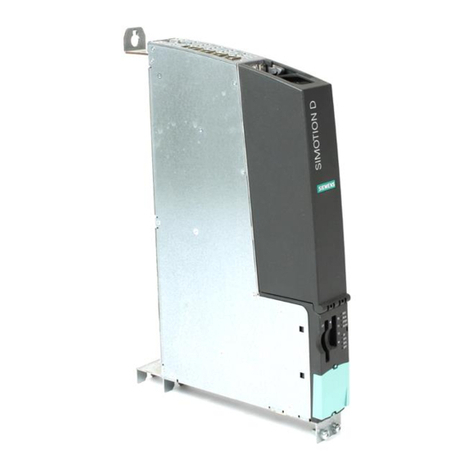INOXPA NL Manual




















This manual suits for next models
15
Table of contents
Other INOXPA Control Unit manuals
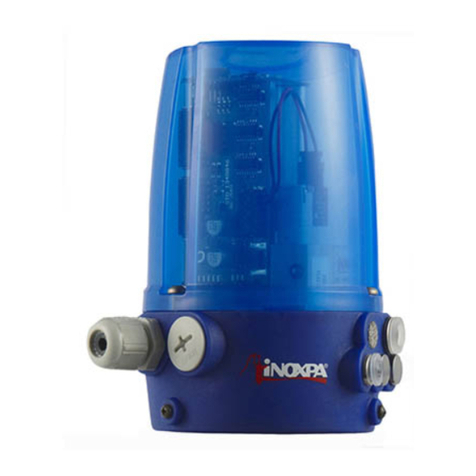
INOXPA
INOXPA C-TOP+ User manual
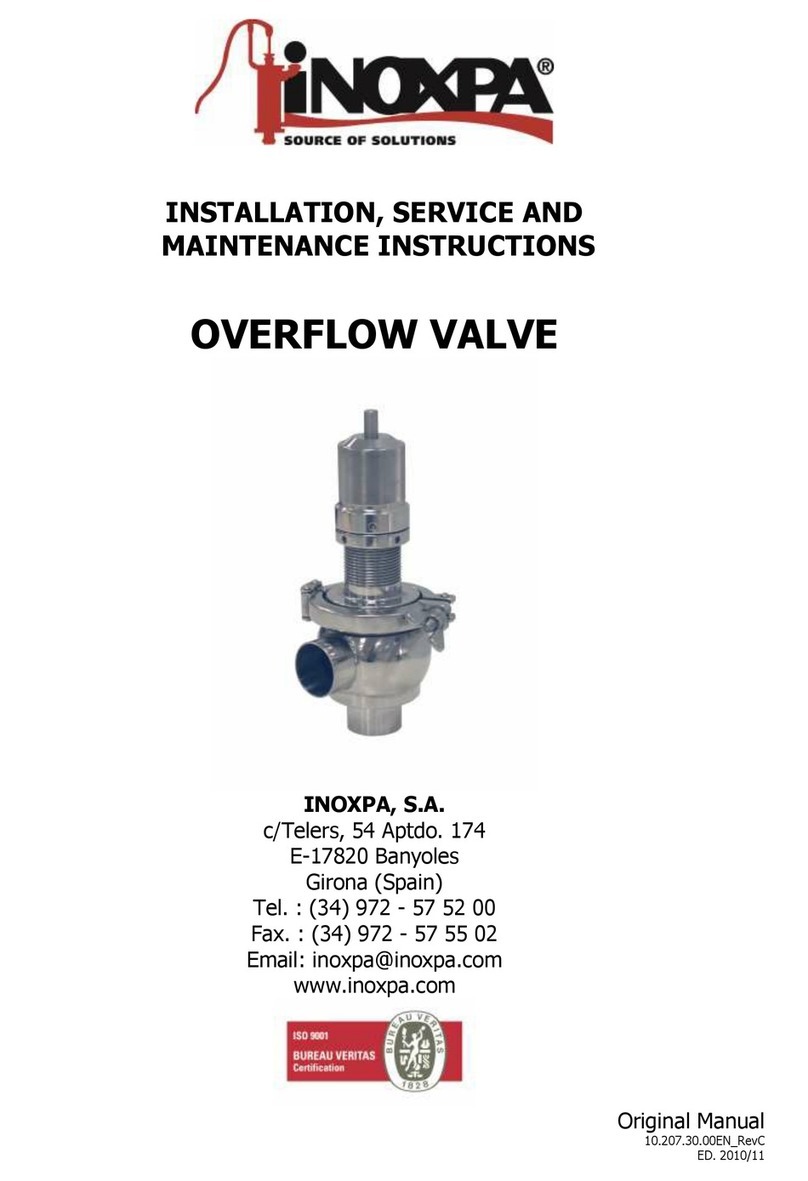
INOXPA
INOXPA 74700 Manual
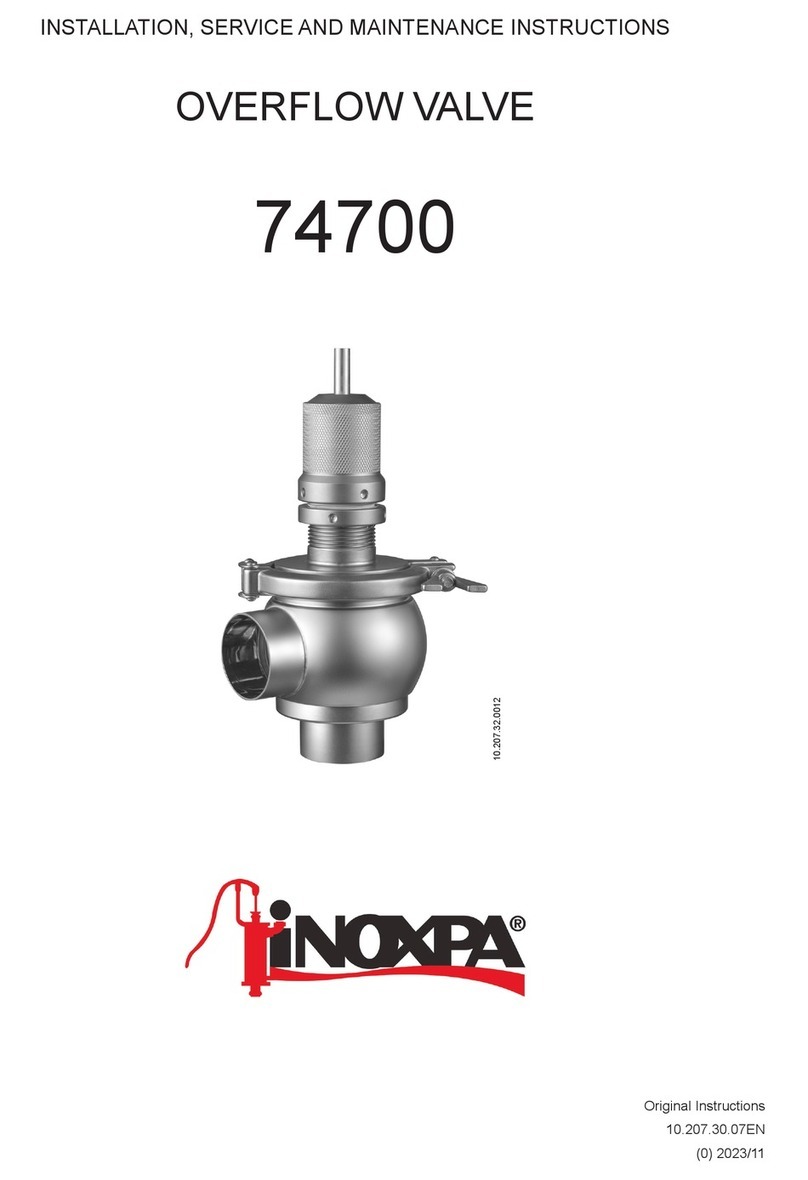
INOXPA
INOXPA OVERFLOW VALVE Manual

INOXPA
INOXPA BALL Installation and user guide
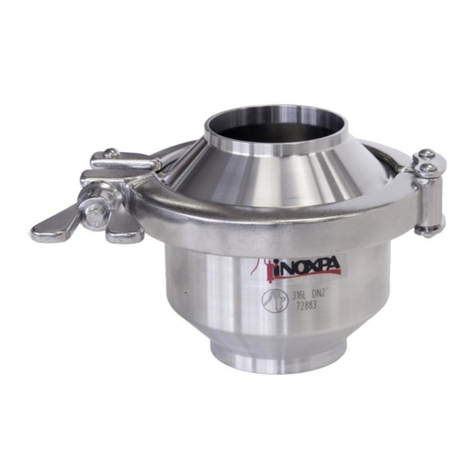
INOXPA
INOXPA Check Manual
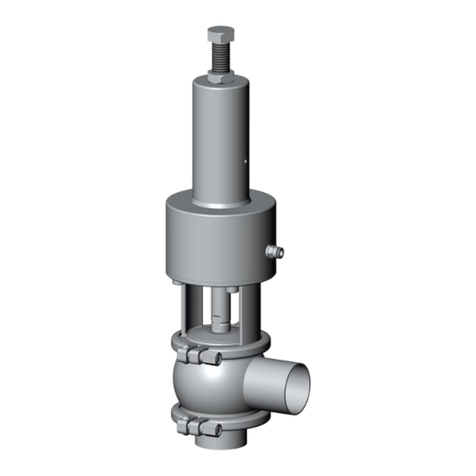
INOXPA
INOXPA INNOVA J Installation and user guide

INOXPA
INOXPA INNOVA F Manual

INOXPA
INOXPA INNOVA G Manual
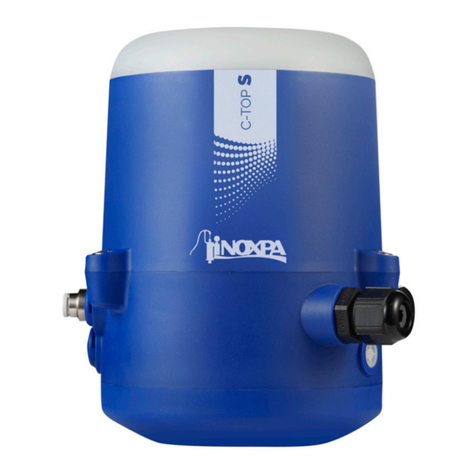
INOXPA
INOXPA C-TOP S Manual
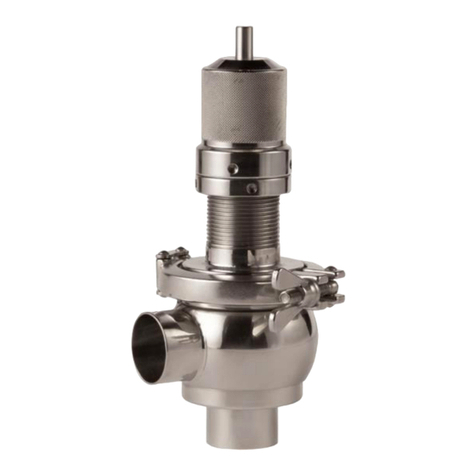
INOXPA
INOXPA OVERFLOW Manual

INOXPA
INOXPA INNOVA S Manual
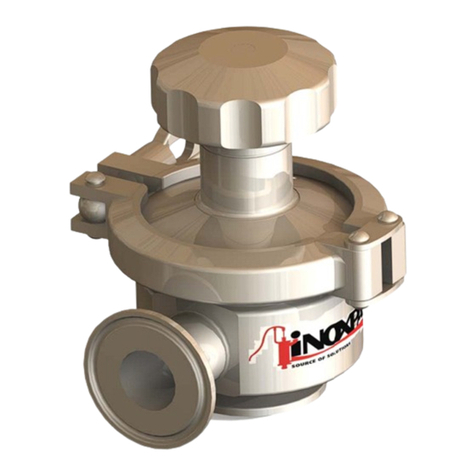
INOXPA
INOXPA PHARMAVALVE Installation and user guide
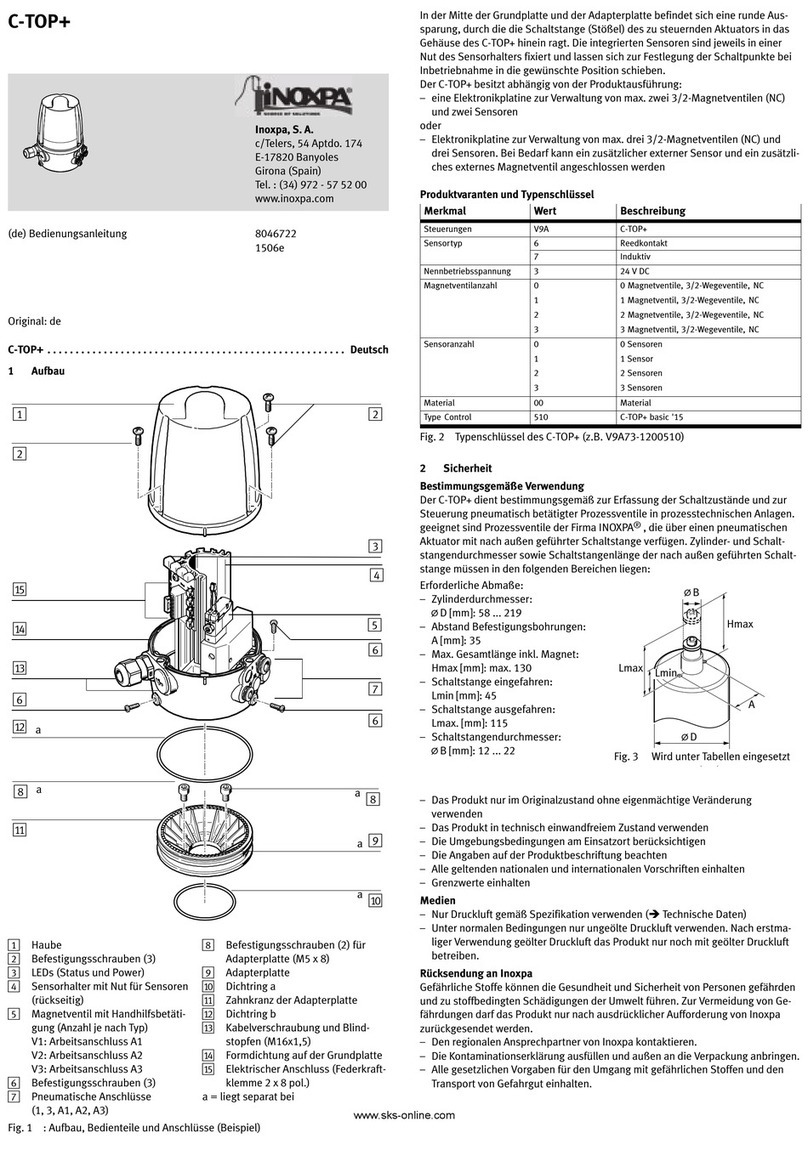
INOXPA
INOXPA C-TOP+ User manual
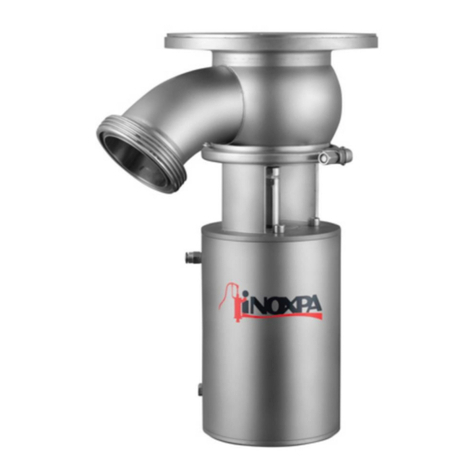
INOXPA
INOXPA INNOVA F Ex Manual

INOXPA
INOXPA C-TOP+ User manual
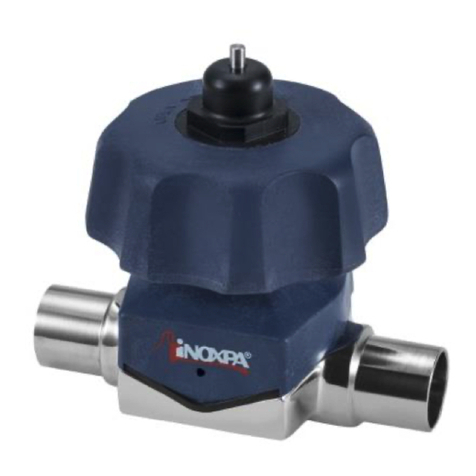
INOXPA
INOXPA VEEVALV Manual

INOXPA
INOXPA INNOVA D Manual
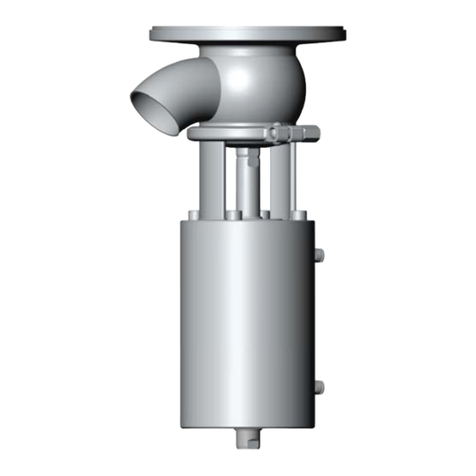
INOXPA
INOXPA INNOVA F Installation and user guide
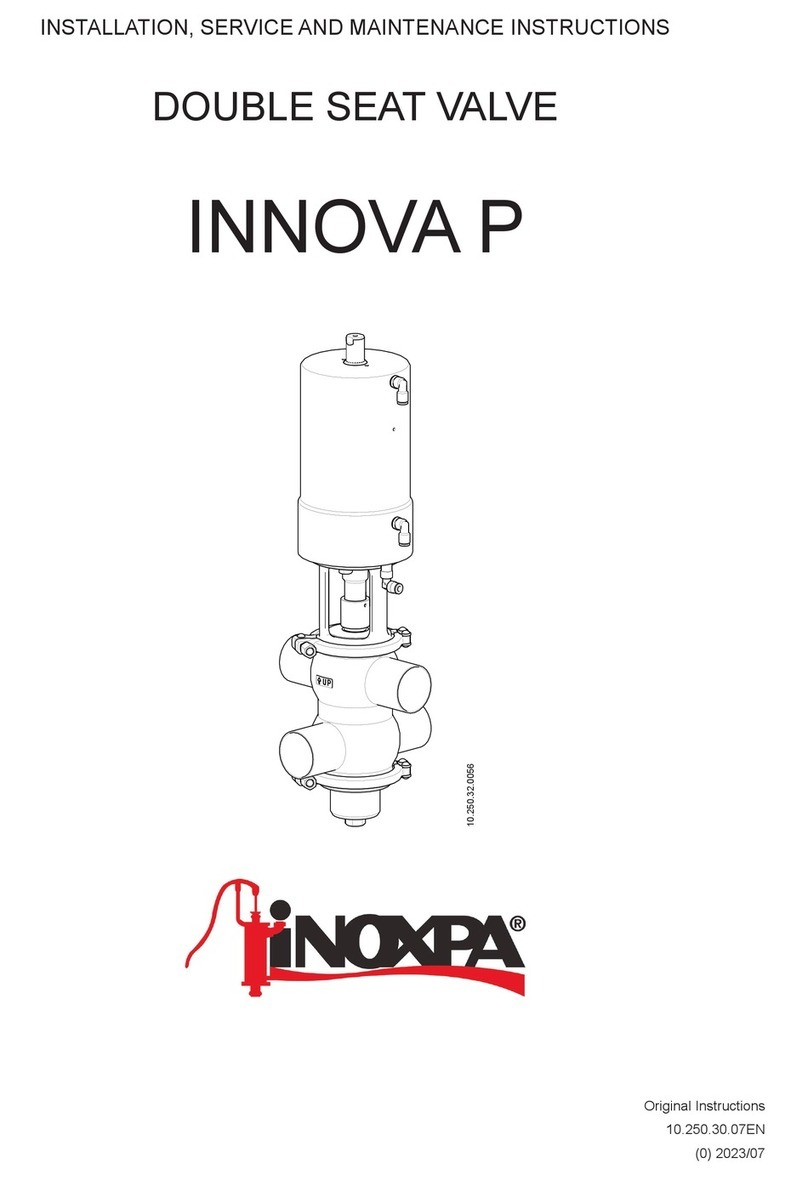
INOXPA
INOXPA INNOVA P Manual
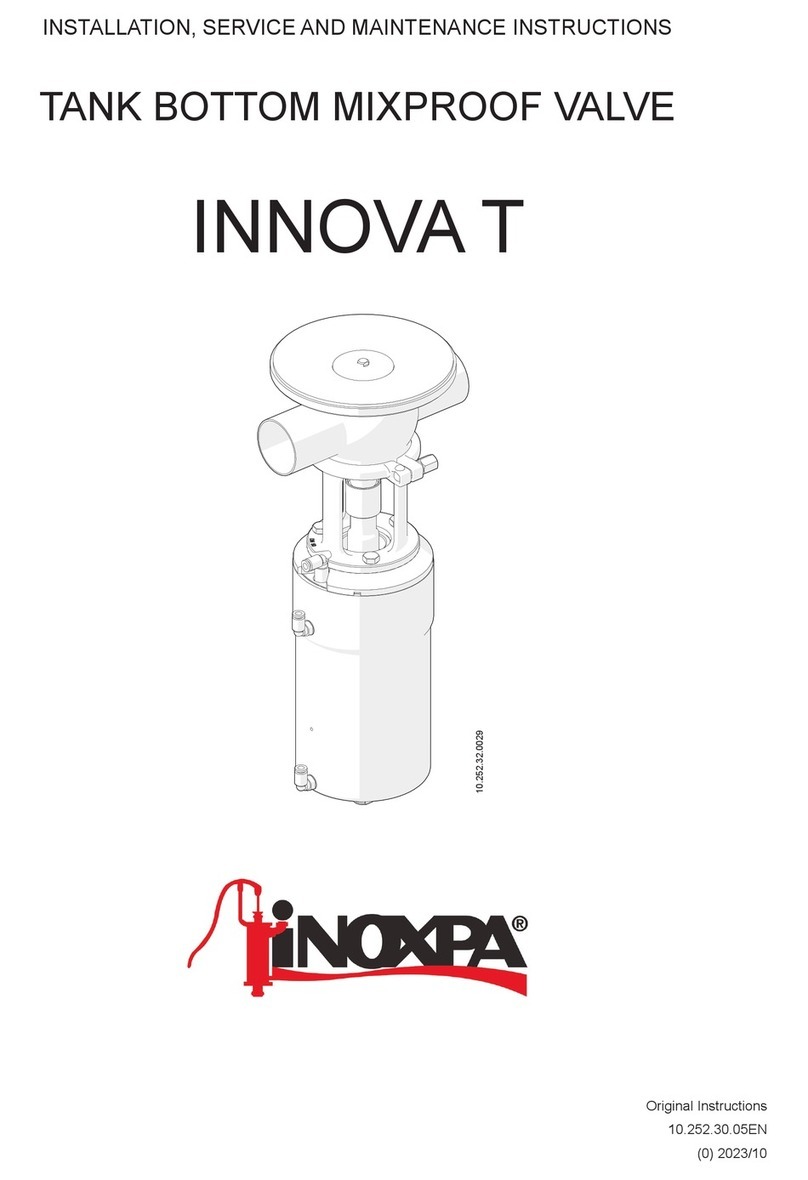
INOXPA
INOXPA INNOVA T Manual
Popular Control Unit manuals by other brands
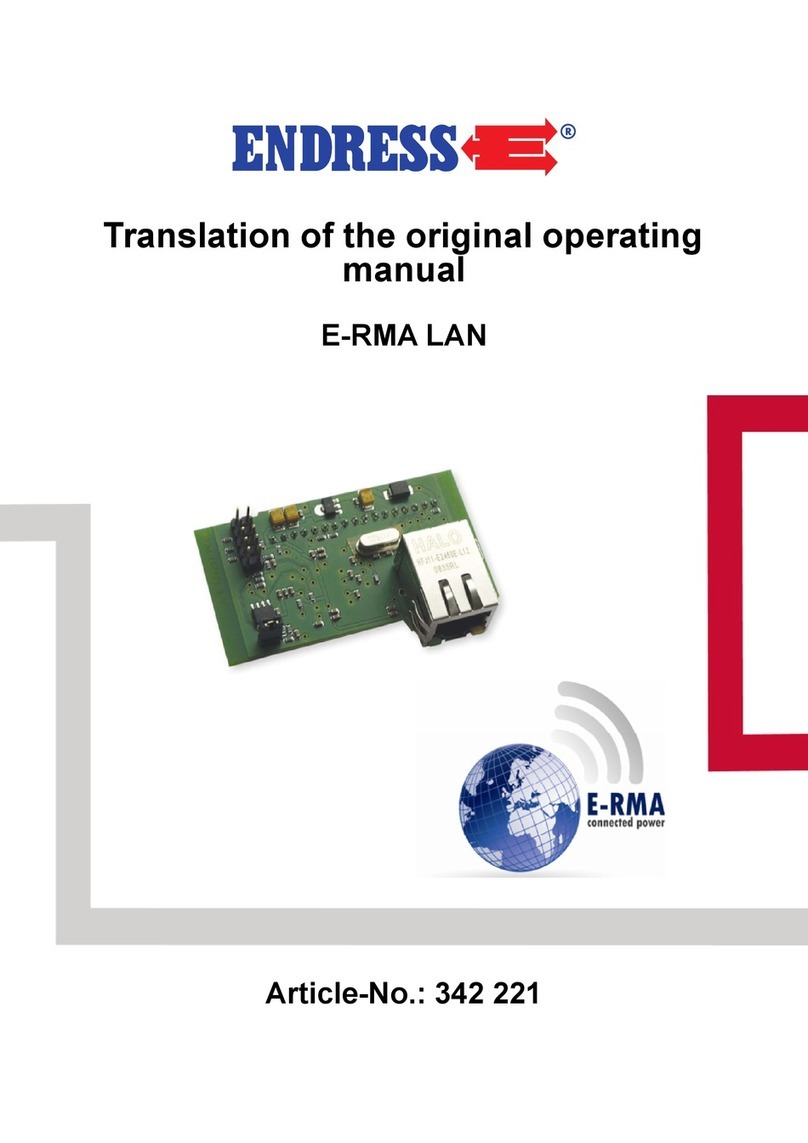
Endress
Endress E-RMA LAN Translation of the original operating manual
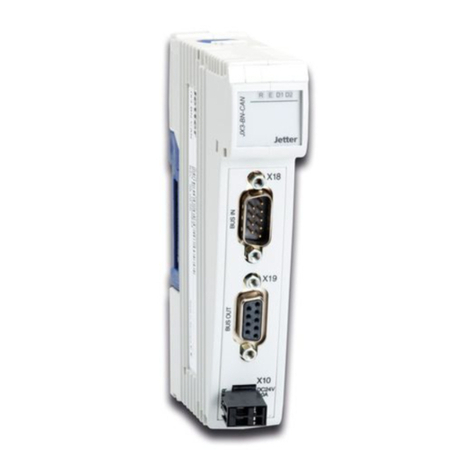
Jetter
Jetter JX3-BN-CAN user manual
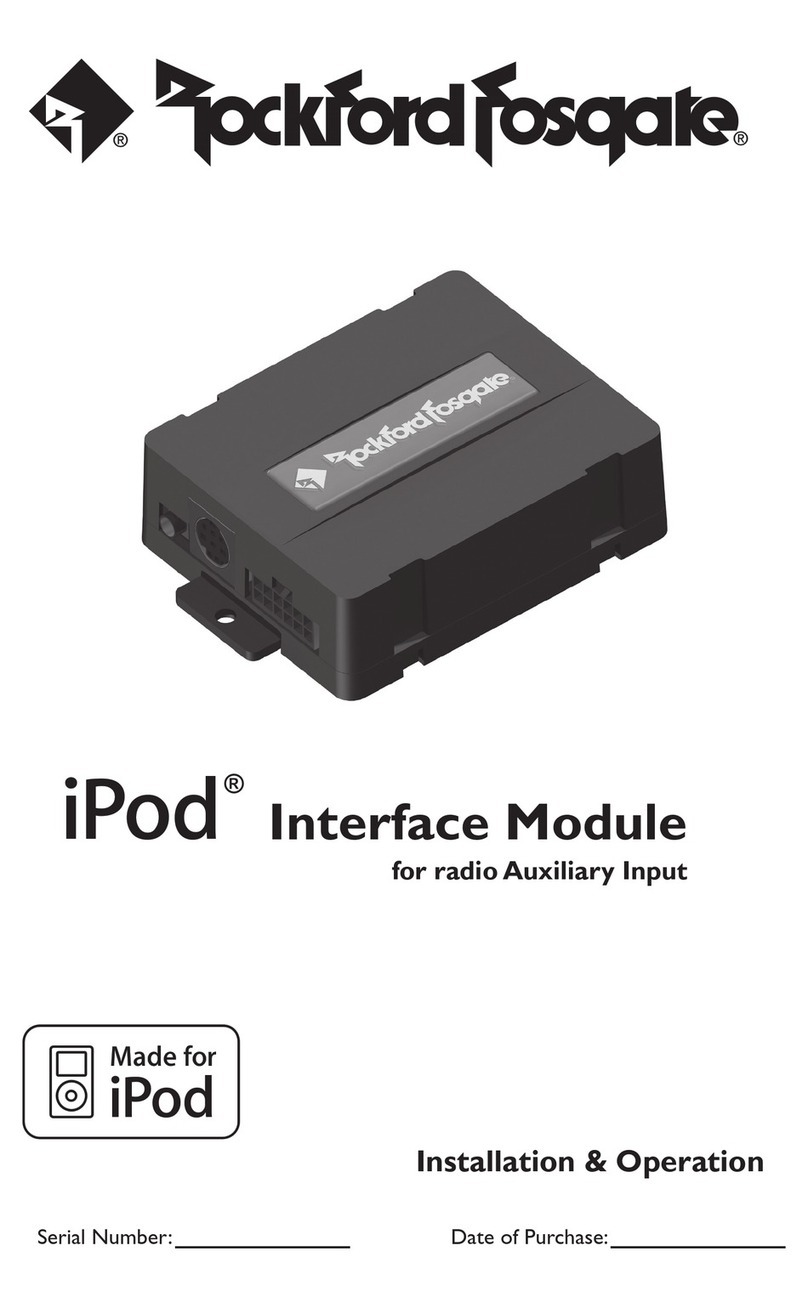
Rockford Fosgate
Rockford Fosgate iPod Interface Module Installation & operation
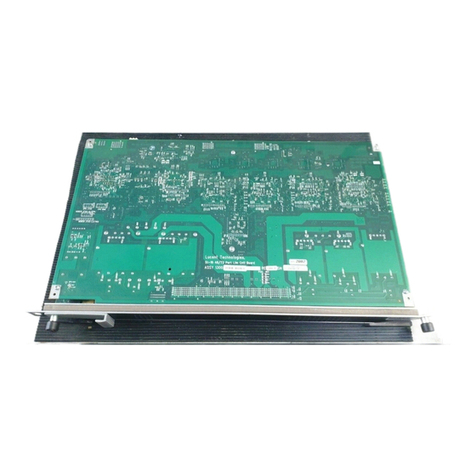
Lucent Technologies
Lucent Technologies Stinger STGR-LIM-48 Guide
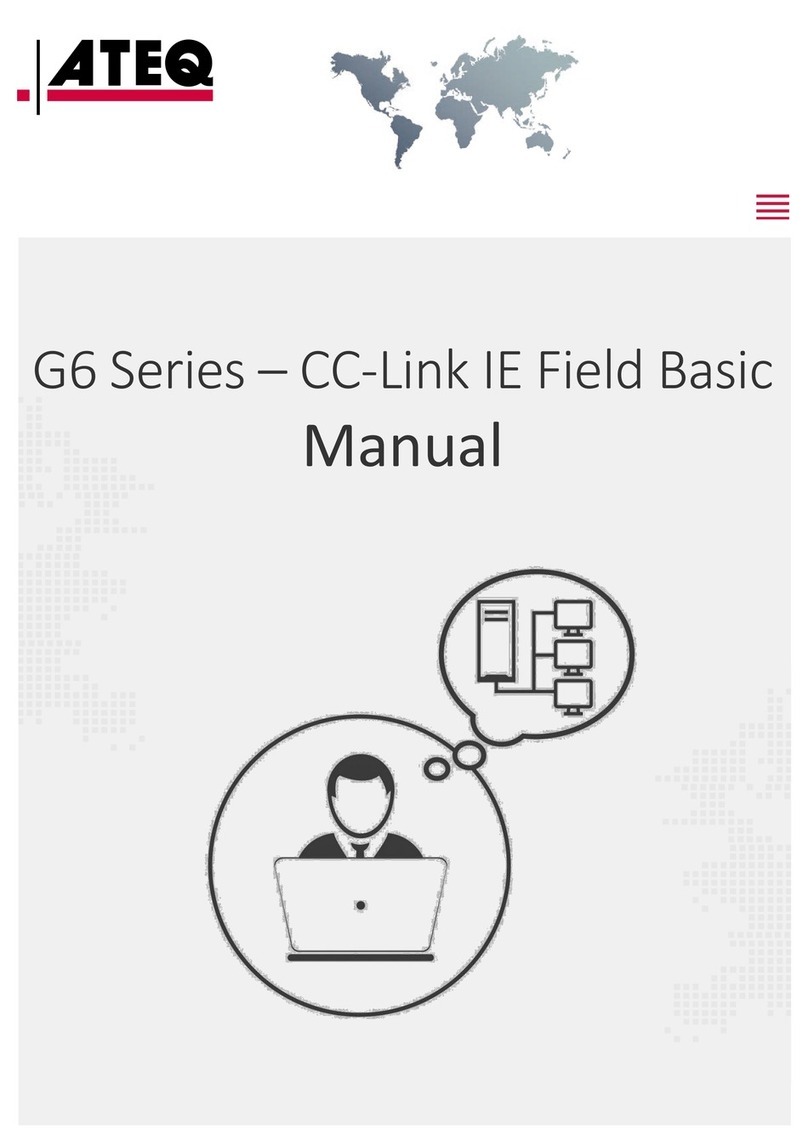
ATEQ
ATEQ G6 Series manual
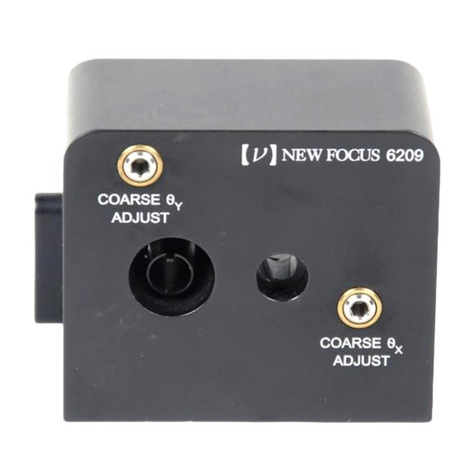
New Focus
New Focus 6209 user guide
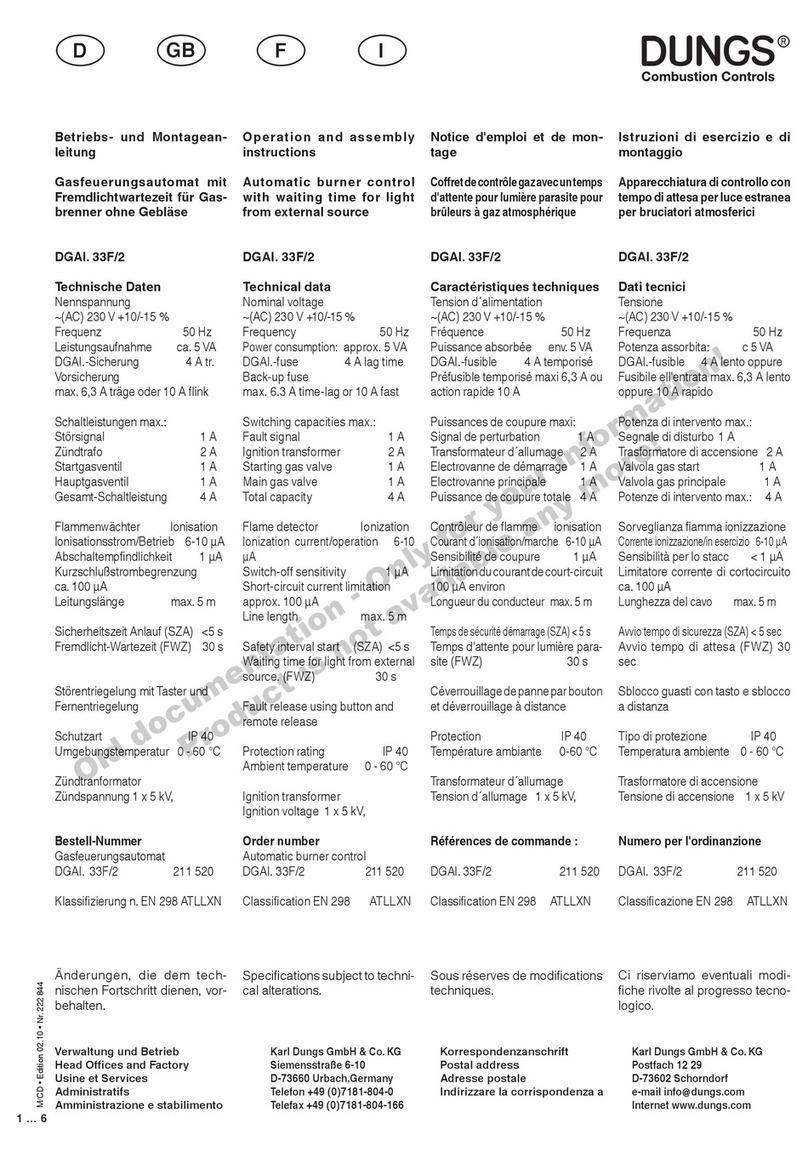
Dungs
Dungs DGAI. 33F/2 Operation and assembly instructions
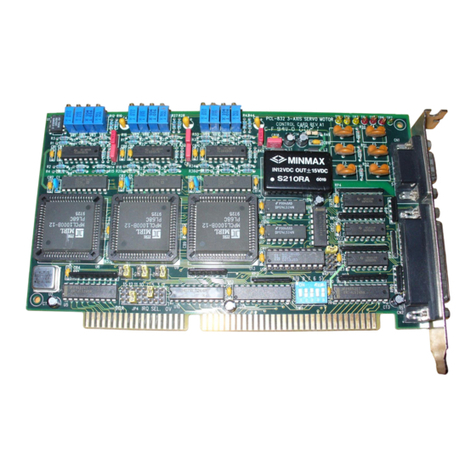
Advantech
Advantech PCL-832 manual
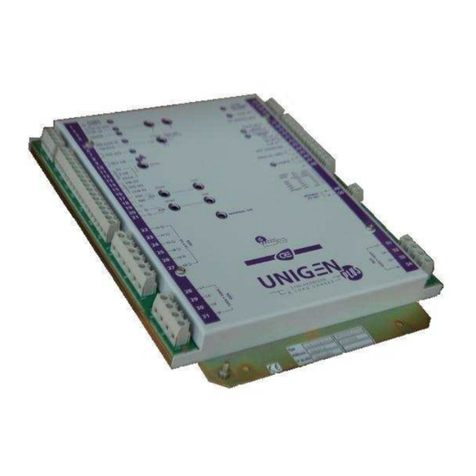
CRE Technology
CRE Technology UNIGEN Plus Technical documentation

IFM
IFM CR2011 Device manual

Philips
Philips LCN7700 installation instructions
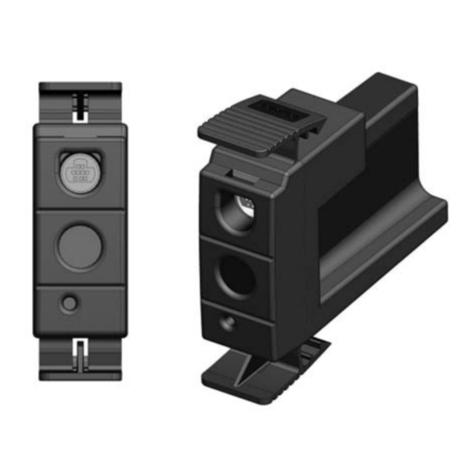
Thermo Scientific
Thermo Scientific Orion VERSA STAR VSTAR-RD reference guide

